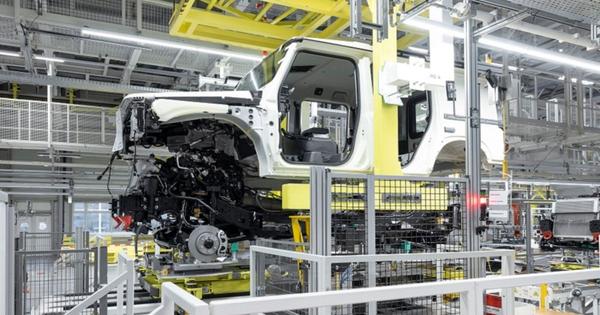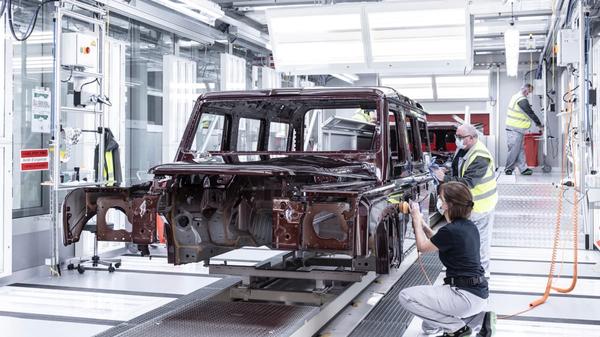
How did Ineos Automotive manage to fit production of the Grenadier off-roader, at more than 5-meters long, into a French plant designed to build the diminutive Smart, a 2.7-meter-long minicar?
Ineos, part of the UK-based petrochemical giant of the same name, agreed to buy Daimler's Smart plant in Hambach, northeast France, in 2020 after switching from its original plan to build a new facility in south Wales.
The decision drew a lot of criticism in the UK, where Ineos CEO Jim Ratcliffe had been a vocal backer of the Britain's controversial exit from the European Union.
But when Daimler made it clear it wanted to get rid of Hambach in a restructuring drive brought about by the pandemic, the economics were hard for Ineos to ignore.
The UK company did not disclose what it paid for the plant but did say it cost just 50 million euros ($57 million) to adapt it to make its off-roader, which is inspired by the original Land Rover Defender.
Daimler had done much of the hard work after deciding to overhaul the then 20-year-old facility in 2018 to build the electric EQB compact SUV.It announced at the time it would spend 500 million euros ($567 million) to upgrade elements such as the paint and body shops.
However, its plans for Hambach extended to cars bigger than the EQB and up to the size of the S-Class. This benefited Ineos.
"The paint shop is a bit of a bottleneck normally in a car plant, but this was designed for a range of Mercedes cars, therefore, we did not have to adapt anything," Ineos Automotive CEO Dirk Heilmann told Automotive News Europe. "At the time they were thinking of building Hambach up to a major Mercedes-Benz site."

Daimler had spent much of the money, including an estimate 80 million euros on the new paint shop, before changing its strategy. Ineos, meanwhile, set about adapting what was already there to suit construction of the Grenadier, including moving around 80 of the 100 new Kuka robots in the body shop to different positions.
The plant as conceived in 1997 was reliant on nearby suppliers and still does not have a press shop. Austria-based Voestalpine makes the Grenadier's pressed body panels, while steel-specialist Gestamp makes the ladder-frame chassis at its site in Bielefeld, Germany, where it once constructed the same component for the outgoing VW Amarok pickup.
As well as building the Grenadier, Ineos will continue to manufacture the Smart ForTwo EV on site until 2024 under contract and has already built 27,000 vehicles, the company said. It will also build front-end modules for the Mercedes EQB and EQA EVs until 2027.
Production of Smart vehicles is carried out on small assembly line that was downsized after the minicar became an EV-only product in 2019.
The Grenadier has a dedicated assembly line in the innovative Hambach cross shape assembly hall designed to give easier access to parts.
The original decision to locate a plant in France's Moselle region was partly guided by the desire of the French and nearby German governments to bring more employment to an area that had suffered from the decline in heavy industry such steel and coal.
The Smart plant dominated this tiny town of about 3,000 people, which made Daimler's decision to exit the factory a big shock for the locals.
"If this factory closes because no one takes it over, we will lose everything," the wife of one factory worker told the Le Parisien newspaper in 2020.
And while Ineos does not have the ambition to build as many cars as Mercedes did at the plant, the UK company has said it has retained all 1,000 jobs at the factory.
Ineos expects to build 33,000 Grenadiers and 24,000 Smart cars annually, down from 80,000 Smarts built there in 2017.
When the Grenadier finally goes into production this summer, local residents will hope that demand for a retro-styled go-anywhere combustion engine off-roader will be high enough to replace that of an electric city car and keep Hambach working into the future.